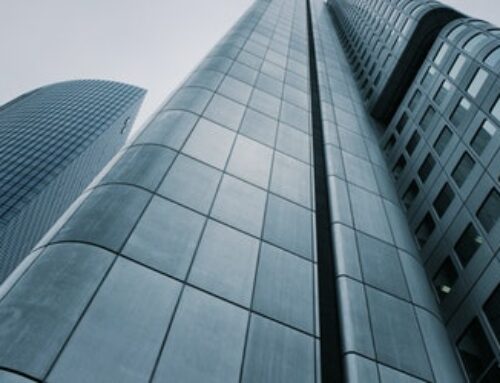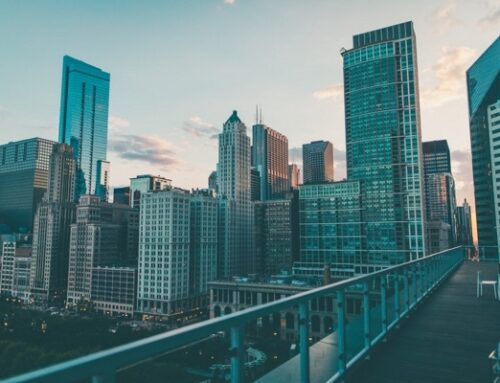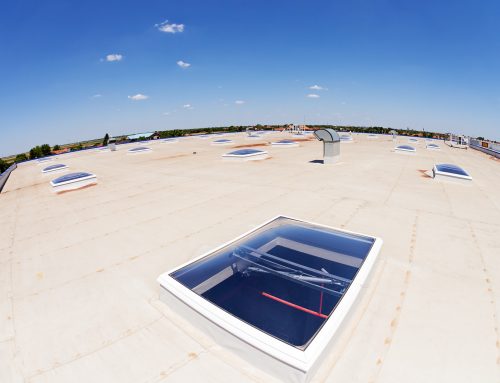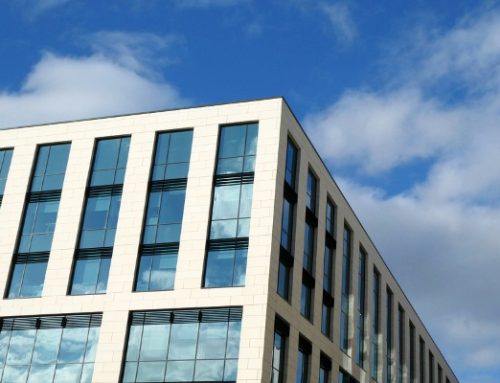EPDM is an excellent roofing material favored by many commercial and industrial properties because of its cost-efficiency, sturdy built, and easy repairs. EPDM is a synthetic rubber material that is often chosen for properties with high exposure to heat, water, and chemicals.
With EPDM in 2022, you have the most affordable commercial roofing solution if you’re looking for an affordable roofing replacement. Continue reading to learn more about them below.
EPDM Benefits for Commercial Roofs
EPDM is a rubber-like material that is made from synthetic materials, which is designed to resist cracks, tears, and other types of damage. This type of material is ultimately extremely durable. It has a long lifespan and will not break down even when exposed to extreme weather conditions.
An additional benefit of EPDM is that it does not require any type of maintenance, which will save your business money. It does not need to be replaced, patched, or repaired.
-
EPDM provides a waterproof barrier against moisture and water and it is an environmentally friendly, low-cost material that withstands high temperatures and is less vulnerable to wear and tear.
-
It is resistant to stress cracking from temperature cycling and resists most organic solvents. EPDM has a long service life and requires minimal maintenance.
-
Lastly, EPDM can be made in any size and shape needed for different roofing applications. This rubberized material is flexible, which makes it an ideal choice for rooftop use.
EPDM vs. TPO
EPDM is made of synthetic rubber and TPO is made of thermoplastic. TPO is also lighter than EPDM.
EPDM is an elastomeric type of rubber that consists of ethylene, propylene, and diene monomer that are vulcanized to form the rubber. EPDM is generally resistant to ozone, sunlight, and aging. It can withstand high temperatures and it has good water-resistant properties.
TPO roofing is made of two sheets of thermoplastic which are heated and then pressed together. Thermoplastics are made by heating together various combinations of organic compounds, usually esters, polyesters, or nitriles.
EPDM’s resistance to UV rays makes it a better option for roofs in hot climates, as it is the only roofing material that does not degrade in direct sunlight. This means that it will not become brittle or crack, nor will it lose its flexibility. These are qualities that cannot be found with TPO roofing, which can become brittle and crack easily.
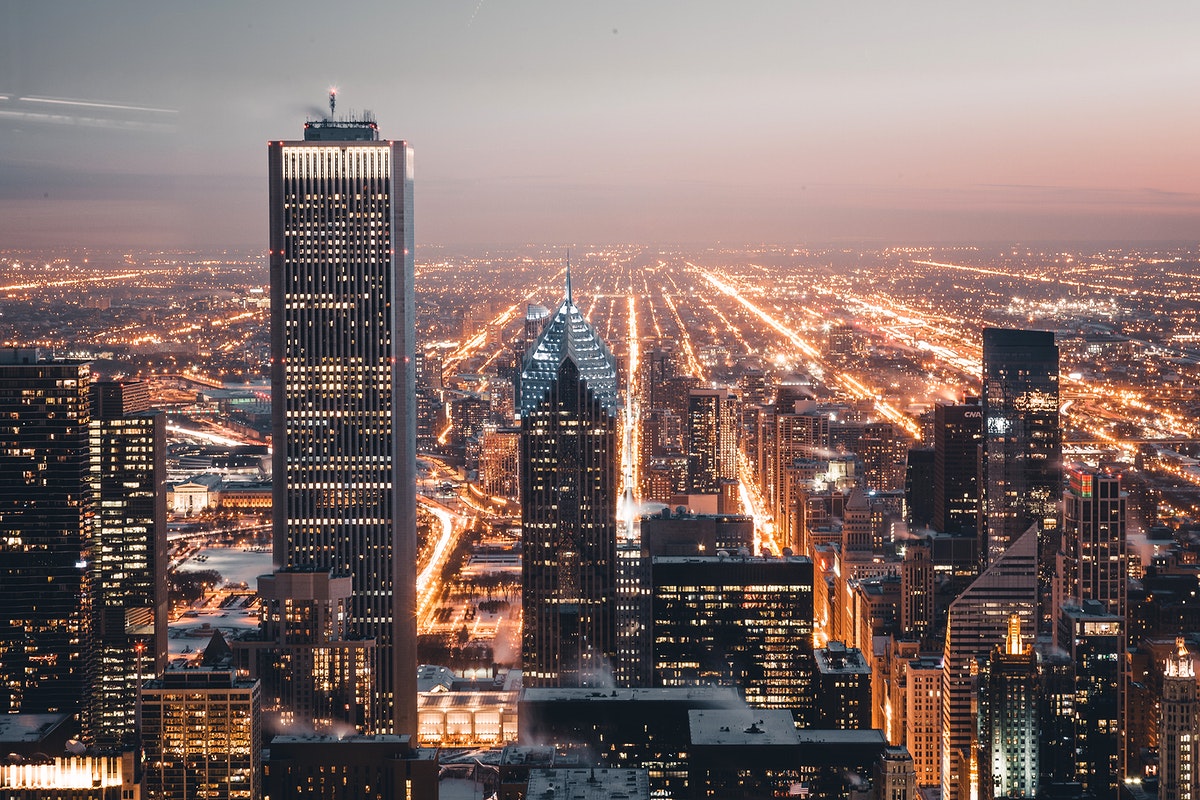
Gray high-rise building at night. Original public domain image from Wikimedia Commons
EPDM vs. Metal Roofing Restoration
To ensure the rubbers can protect your home from water damage, it must be installed on the roof by a professional contractor who will then seal off any holes with tar and put up flashing on the
Metal roofing restoration is the process of repairing or replacing metal roofing that has lost its original finish. The life expectancy is approximately 20 years for a metal roof. As the years go by, the original finish starts to degrade and wear away. Eventually, this can lead to rusting and corrosion which can lead to leaks that damage the home and its contents.
Metal roofing requires a lot of preparation before installation. The old coatings and surface contaminants must be removed from the roofing surface before the metal panels can be installed. In addition, metal roofs are susceptible to rust and must be treated to avoid corrosion. The metal roofing is then primed before applying new coatings.
If you need excellent commercial roofing for your property, you can always count on us at Cox Roofing. Contact us today to learn more about everything that we can do for you.

